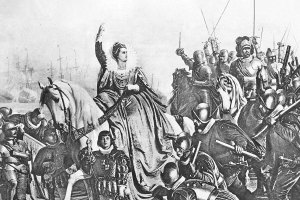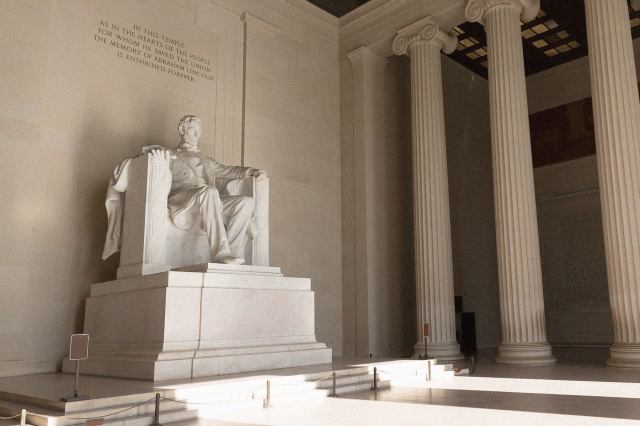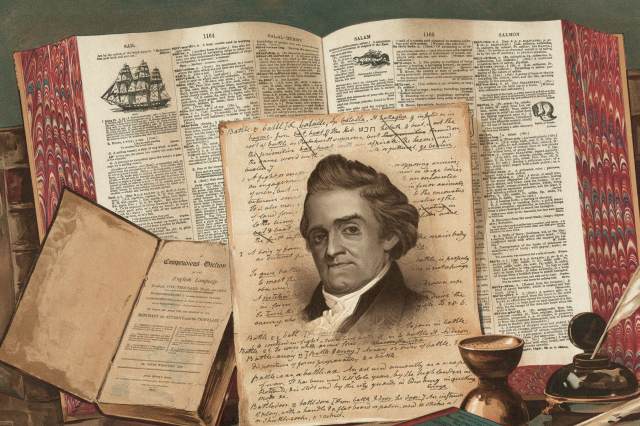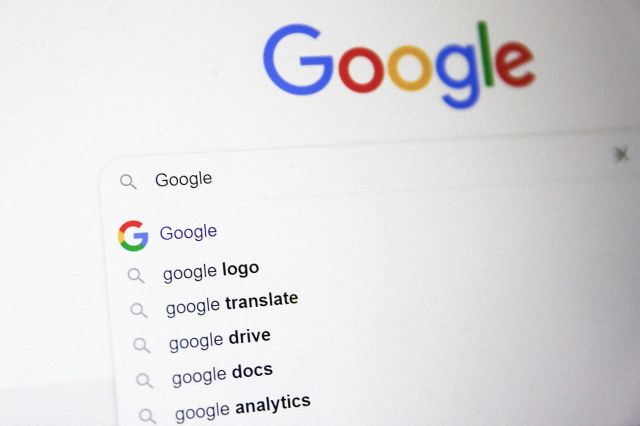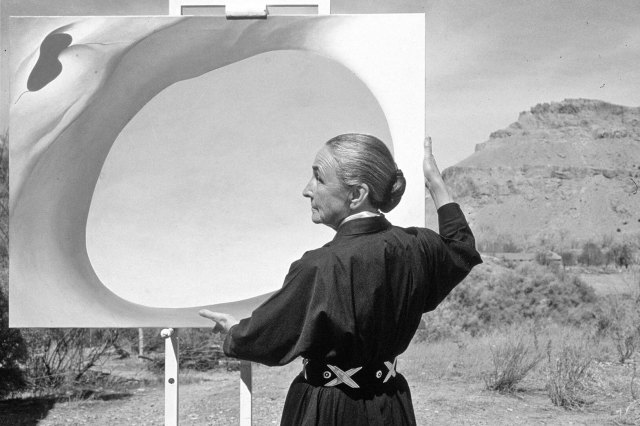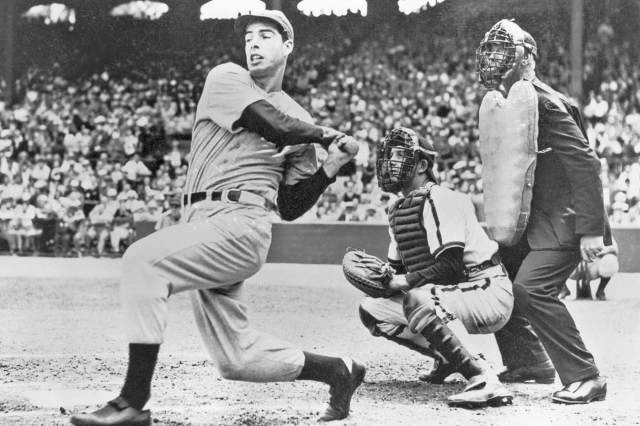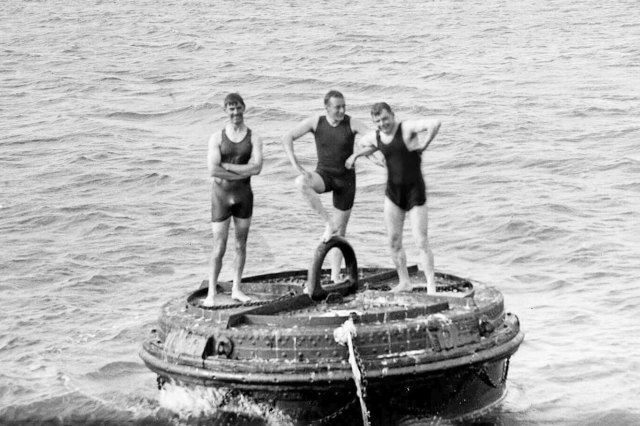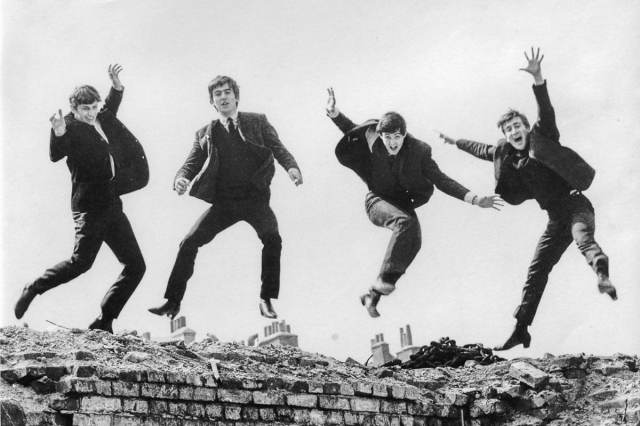5 of the Most Famous Typos in History
An occasional slip of the keyboard or pen can lead to errors in spelling, punctuation, or grammar, and while they may seem trivial or even funny when they happen, some typos throughout history have had significant consequences. One infamous example of a typographical error is a 17th-century printing of the Bible that caused an uproar after it changed the meaning of one of the Ten Commandments. NASA’s onetime coding error, meanwhile, has been called the most expensive typo in history. In the grand scheme of things, typos may appear as minor nuisances, but these minuscule mistakes can spark conversations and even shape historical narratives. Read on to learn about some famous typos that remind us that even the smallest errors can have profound consequences.
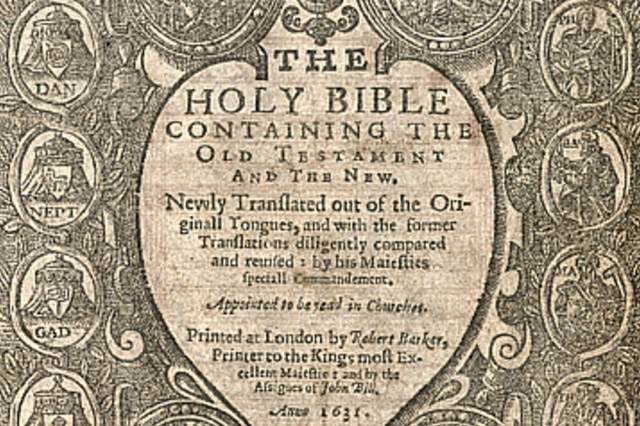
The “Wicked Bible”
In 1631, a small but significant typo shook the religious world. In a reprint of the King James Bible by royal printers Robert Barker and Martin Lucas, the word “not” was egregiously left out of the Seventh Commandment, “Thou shalt not commit adultery,” which was mistakenly printed as “Thou shalt commit adultery.” The typo appeared in about 1,000 copies of the text, which later came to be known as the “Wicked Bible” or “Sinners’ Bible.” It isn’t clear how the misprint happened. Some theories over the years have suggested that a rival printer might have done it deliberately, but the more likely cause was simple oversight. When the error was discovered, the ramifications were swift and severe. The king fined the printers £300 (around $70,000 today), revoked their printing license, and proceeded to find and destroy as many copies of the Wicked Bible as possible, turning it into a rare collector’s item. Today, only about 20 copies remain in circulation.

NASA’s Million-Dollar Typo
On July 22, 1962, NASA’s Mariner 1 spacecraft, designed for a mission to Venus, was set to launch from Cape Canaveral. But just minutes after liftoff, the shuttle had to be destroyed due to a course deviation. The culprit behind this mission-ending error was a simple coding mistake. While it’s been widely reported that a missing hyphen in the software coding was to blame, NASA has said that it was an “omission of an overbar for the symbol R for radius (R instead of R̅) in an equation,” as well as a guidance antenna on the atlas, that caused the failure. Mariner 1 was set to be America’s first interplanetary probe. It set NASA back $18.5 million (over $180 million today), an amount that led 2001: A Space Odyssey author Arthur C. Clarke to call it “the most expensive hyphen in history.” Just 36 days later, Mariner 2 successfully launched and flew by Venus, becoming humankind’s first successful scientific planetary mission.







